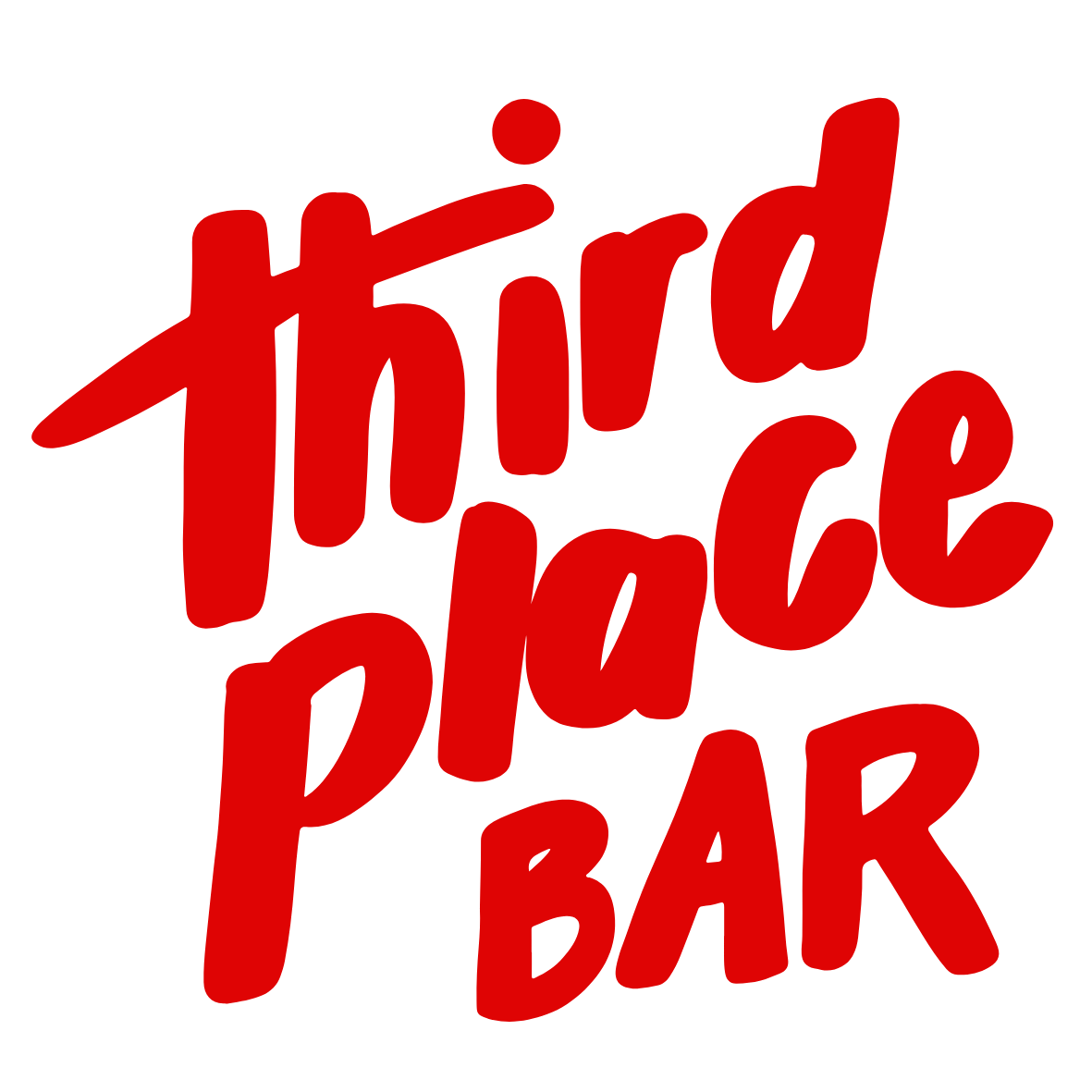Non-alc 101: What are non-alcoholic spirits and how do I use them?
The wonderful world of non-alcoholic beverages can be pretty confusing at first, even for bar professionals. What do we actually mean by “non-alcoholic” or “zero-proof” drinks? Where do we draw the boundaries between the different types, and how do we actually use them? In this series of posts, I’m going to attempt to provide an overview of the different types of non-alcoholic drinks from my perspective, based on how I use and group them at our bar pop-ups.
This is going to be a pretty epic list, so I’ve turned this into a whole series of posts. I am planning to cover the classics like non-alcoholic spirits, beer, wine, and bitters, as well as the slightly more exotic stuff: aperitifs and amaros, “botanicals”, ready-to-drink cocktails, “elixirs”, and other functional non-alcoholic drinks like functional sodas and energy drinks. Let’s get started with our first group of drinks: Spirit alternatives aka non-alcoholic spirits, zero-proof spirits, or booze-free liquor.
Spirit alternatives
When we talk about spirit alternatives, we usually refer to non-alcoholic versions of classic high-proof distilled alcohol like gin, tequila, mezcal, whiskey, and rum. They’re intended to mirror regular spirits and can be used almost like those spirits in cocktails - more on that below. Some examples of brands that make these kinds of zero-proof spirits are Ritual Zero Proof, Lyre’s, Monday, Cut Above, and many more. Many of these brands have a wide selection of classic spirits available. You’ll notice that I left out vodka from the list: Since vodka is pretty much flavorless aside from an “alcohol” taste, most of the bigger brands don’t make a non-alcoholic unflavored vodka (there are some flavored versions out there like apple and sweet potato). You may also notice that I left out Seedlip - I’m actually planning to cover them in a different section. (Again, this is all based on my own interpretation of How Stuff Works in the NA world :)
How are non-alcoholic spirits made?
Regular alcoholic spirits are usually made by fermenting and distilling some plant matter (grains, agave, potatoes…), whereas non-alcoholic spirits are made by blending natural essences, flavors, and extracts. Some non-alcoholic spirits may also be distilled, but they’re generally not made from an alcoholic liquid to start with. One factor to consider is that since these drinks don’t contain alcohol (they’re usually completely alcohol-free), they are not always shelf stable, i.e. might need refrigeration, and some also contain preservatives such as sodium benzoate or potassium sorbate. Other ingredients may include glycerine or xanthan gum to achieve a more viscous texture. In order to emulate the sharp burn of alcohol, many brands add peppercorn to their drinks, which I actually really enjoy. One example that stands out to me is Monday, which I personally find surprisingly spicy (both the gin and the mezcal) - one thing to consider when making a drink with it.
How do I use non-alcoholic spirits?
In terms of their use, the biggest difference between non-alcoholic spirits and regular liquor is that they’re NOT meant to be consumed neat as most of them don’t taste particularly good on their own. They’re great for making cocktails, but you need to adjust the proportions and preparation method as they’re often more subtle in flavor and don’t handle dilution as well as real spirits. With real spirits, you usually want some light dilution to take some sharpness off the alcohol, which you achieve by shaking or stirring with ice, but that’s not necessary for non-alcoholic spirits and just takes away flavor. You’ll want to shake or stir the drinks for a shorter amount of time, or batch them without any ice and chill, then serve over ice. I also find that many non-alcoholic spirits tend to be a little sweeter (possibly due to added glycerine), and the spice levels I mentioned further up also deserve some attention. Substituting spirits in a cocktail
Based on my conversations with beverage industry professionals, opinions are pretty split on these kinds of spirit alternatives. Some people appreciate that it’s fairly easy to sub out regular spirits in existing drink specs for their non-alcoholic counterparts, with the caveats I mentioned in the previous paragraph. Making a decent non-alcoholic spicy margarita with a Ritual Tequila, for example, is surprisingly easy, and can be a great way for bars as well as people at home to get started with non-alcoholic cocktails. Others may not like these “fake spirits” and prefer to get more creative and look into other options for drinks bases, such as botanicals, shrubs, teas, and other more “natural” ingredients.
Up next: Non-alcoholic beer
In the second part of this series, I’ll be covering non-alcoholic beer. Stay tuned.

